Our 6th Grade Homeschool Curriculum Choices
If you’re looking for ideas and inspiration for your 6th grade homeschool curriculum, I’m excited to give you a peek at what we’ll be using this year! We’ve put together a mix of core subjects, living books, and hands-on learning that fits our eclectic, family-style learning approach.
But, first, I just have to say I can’t believe I’m already planning for 6th grade! It feels so old, and yet still so young. I’m having all the mixed feelings right now! Sixth grade, of course, brings a lot of changes: more independence, deeper conversations, and, at least to me, the beginning of middle school.
In this new chapter of homeschooling, my hope is to support our daughter as she takes on more responsibility for her education and begins to play a more active role in shaping how and what we learn together.
While our days look a bit different than they did in our early Montessori homeschooling years, we’re still prioritizing personal responsibility, life skills, and self-directed learning.
Just like in previous years, we’ve chosen 6th grade homeschool curriculum resources that balance structure with freedom, mixing in plenty of hands-on learning, living books, and lots of space for curiosity and creativity.
If you’re looking for 6th grade homeschool curriculum ideas, I hope our plan gives you some helpful options.
Our 6th Grade Homeschool Curriculum
DISCLOSURE: THIS POST CONTAINS AFFILIATE LINKS AT NO COST TO YOU. THIS MEANS I MAY RECEIVE A SMALL COMMISSION IF YOU MAKE A PURCHASE USING THESE LINKS.
Math Curriculum & Resources
We’re taking a somewhat unconventional approach to math this year. Instead of using a traditional pre-algebra curriculum, we’re combining a solid review of basic math skills with an introduction to pre-algebra. This gives our daughter a chance to strengthen what she already knows while gradually moving into more advanced topics at a pace that feels comfortable for her.
For pre-algebra, I’ve chosen Real-World Algebra: Understanding the Power of Mathematics by Edward Zaccaro. The book includes 22 chapters with scaffolded problems that gradually increase in difficulty, so our plan is to work through one chapter every 1–2 weeks, depending on how challenging the material is. We used some of Zaccaro’s books last year as supplemental materials, and my daughters enjoyed the problem-solving approach and the way the challenges were leveled to grow with them.
While I did consider the self-paced Art of Problem Solving: Pre-Algebra course, it felt a bit too intense for her at this stage. Instead, we decided to use a mix of resources to keep things a bit more flexible for us. She’ll use Alcumus for review and reinforcement, and she’ll have access to both Math Antics and AoPS video lessons – two excellent (and free!) resources that she already enjoys.
To help strengthen her foundational math skills, she’ll also be working through Everything You Need to Ace Math in One Big Fat Notebook. It looks like it’ll be a great resource to review key concepts, build confidence, and practice working more independently with a textbook.
She also has several math games and hands-on activities that we regularly rotate into her learning basket. These serve as daily warm-up exercises. We have a couple of new ones this year, including Adsumudi: Wild Ones, which I’m excited to add to the rotation. I’ll be sharing more about her learning basket activities in a future blog post. In the meantime, if you’re curious how we use learning baskets in our homeschool, you can read more about them here: What Is a Homeschool Learning Basket?
Math Games & Activities
math resources
- Real-World Algebra: Understanding the Power of Mathematics by Edward Zaccaro
- Everything You Need to Ace Math in One Big Fat Notebook
- Alcumus for review and practice
- Math Antics for additional concept review if needed
- Art of Problem Solving (AoPS) videos for additional support and enrichment
- Adsumudi: Wild Ones, PEM Dice, Math Rush 3, and other math games & activities
Social Studies Curriculum & Resources
This year, we’ll be exploring countries throughout Asia with the Global Explorers Club, our family-style geography curriculum that includes a mix of literature, writing, science, and hands-on projects like mapwork, cooking, art, games, and other cultural activities for kids.
At the same time, we’ll be continuing our journey through American History with United Stories: Part II, which focuses on the years 1812–1900. Our U.S. History curriculum includes notebooking, mapwork, historical fiction, and primary source analysis, plus some videos when applicable.
Together, these two programs make up a big part of our Language Arts curriculum as well, thanks to all the reading, writing, and discussion included.
Social studies
- Global Explorers Club: Asia Unit Study (geography, culture, literature, writing, science, hands-on cultural activities)
- United Stories: Part II (stories, maps, notebooking, and primary sources)
- Historical fiction and read-alouds to support both geography and history studies
- Notebooking pages, discussion prompts, and mapwork
Language Arts Curriculum & Resources
As mentioned above, much of our Language Arts & Literature curriculum this year ties directly into our geography and history studies. I love using living books to explore different time periods and cultures, and this year’s list includes a mix of stories from both Asia and American history.
Literature
As we study different countries across Asia with the Global Explorers Club, we’ll be reading several middle-grade novels and folktale-inspired stories. Here are a few of them:
- The Turtle of Oman by Naomi Shihab Nye
- Malala: My Story of Standing Up for Girls’ Rights by Malala Yousafzai
- What Elephants Know by Eric Dinerstein
- All Thirteen: The Incredible Cave Rescue of the Thai Boys’ Soccer Team by Christina Soontornvat
- The Rainbow Troops by Andrea Hirata
- Marikit and the Ocean of Stars by Caris Avendaño Cruz
- The Gate, the Girl, and the Dragon by Grace Lin
- The Eagle Huntress: The True Story of the Girl Who Soared Beyond Expectations by Aisholpan Nurgaiv
For U.S. history, we’re reading novels that support our study of Westward Expansion, Pioneer Life, Antebellum America, the Civil War, and Reconstruction. A few books on our list include:
- Lyddie by Katherine Paterson
- Chickadee and Makoons by Louise Erdrich
- Etched in Clay: The Life of Dave, Enslaved Potter and Poet by Andrea Cheng
- Little House on the Prairie by Laura Ingalls Wilder
- Freedom Train: The Story of Harriet Tubman by Dorothy Sterling
- Little Women by Louisa May Alcott
- Stories from Old Squire’s Farm by C.A. Stephens
- Sugar by Jewel Park Rhodes
- Prairie Lotus by Linda Sue Park
We’ll read many of these books aloud together, but our daughter will also have dedicated time for independent reading. Since we have a regular commute to the gym several times a week, we also take advantage of that time to listen to audiobooks. It’s a great way to squeeze in extra reading and enjoy stories together on the go.
the story behind global explorers
Curious About Our Journey?
Learn how a simple list of homeschooling values grew into a hands-on, literature-based geography curriculum for families like yours.
Reading & Elocution
We’ve been using McGuffey’s Eclectic Readers for several years now to support both reading fluency and comprehension. Each day, she reads a short passage from the reader, sometimes prose, sometimes poetry. Once a week, she reads aloud to me to practice elocution and articulation. It’s simple and has worked beautifully for us.
Writing
Over the past couple of years, we’ve focused on written narrations as a core part of our language arts routine, and we’ll continue that practice this year. Narration has been a great way for our daughter to recall what she’s learned, organize her thoughts, and strengthen her writing voice.
To build more formal writing skills, she’ll be working through Critical Thinking Co.’s Building Writing Skills, Level 2 book. This resource focuses on teaching students how to write different types of essays. She actually requested “homework” this year (the perks of having friends who go to school!), so this will be a great self-directed activity she can work on independently each month.
For creative writing, we’ll continue using Writing Magic: Creating Stories That Fly by Gail Carson Levine. It was a favorite over the summer, and it’s been a fun way to explore writing and storytelling. I’ve already seen her confidence grow by leaps and bounds in just the past couple of months, and I’m excited to see her continue to develop her voice and creativity as a young writer.
One other resource we use to strengthen writing skills is The Writing Revolution by Judith C. Hochman. We incorporate many of her sentence strategy exercises into our studies through the Global Explorers Club.
Grammar
For grammar, my daughter will continue using the Editor-in-Chief workbook from Critical Thinking Co. She completes one exercise a day, which makes it an easy, consistent way to reinforce grammar and editing skills.
language arts
- A collection of living books to complement our geography and U.S. history studies
- Critical Thinking Co.’s Building Writing Skills, Level 2
- Writing Magic: Creating Stories That Fly by Gail Carson Levine
- The Writing Revolution by Judith C. Hochman
- Critical Thinking Co.’s Editor-in-Chief, Level 2
Science Curriculum & Resources
Science is another subject we’ve always approached family-style. This year, we’re continuing to work our way through Building Foundations of Scientific Understanding, Volume II by Bernard Nebel. We began incorporating notebooking alongside this curriculum last year, and it turned out to be a great fit.
New this year, we’ll also be adding science notebooking to our Global Explorers block. As we study different countries throughout Asia, we’ll explore science topics that connect to each region, e.g. tectonic plates in Turkey, monsoons in Sri Lanka, and keystone species in China. I also picked up the Usborne Science Encyclopedia to support our studies since it provides us with some quick reference pages and engaging visuals and diagrams.
For independent work and review, she’ll use Science Detective, A1 by the Critical Thinking Co. The topics in the workbook align well with many of the areas we’re exploring through Building Foundations of Scientific Understanding and Global Explorers, making it a great way to reinforce concepts while practicing reading comprehension and analytical skills.
science
- Building Foundations of Scientific Understanding, Volume II by Bernard Nebel
- Usborne Science Encyclopedia
- Science Detective, A1 by Critical Thinking Co.
Electives & Enrichment
Every school year, my children get to choose a few topics they’d like to explore just for fun. This year, my daughter picked architecture, so I purchased Architecture for Kids: Skill-Building Activities for Future Architects by Gabrielle Esperdy. The book includes hands-on projects and design challenges that I hope my daughter will love.
In addition to architecture, she’ll continue practicing different handicrafts and work on art projects that connect to our artist studies throughout the year.
I hope seeing our 6th grade homeschool curriculum plan gives you some inspiration and ideas. Whether you’re piecing together your own curriculum or following a structured program and just looking for a few fun supplements, you’ve got this! Have questions or want to share what you’re using this year? I’d love to hear from you!
If you’re looking for help mapping out our homeschool curriculum or scheduling your subjects, be sure to grab our free printable homeschool planning sheets!
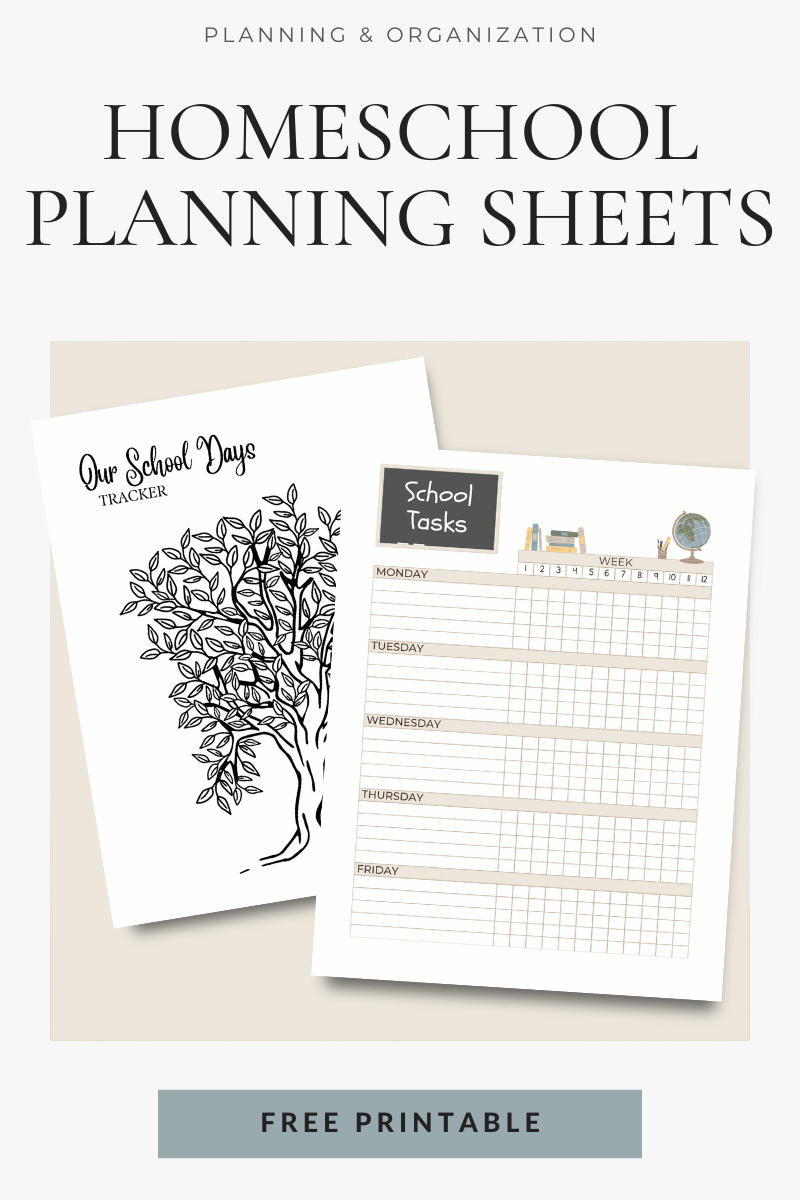


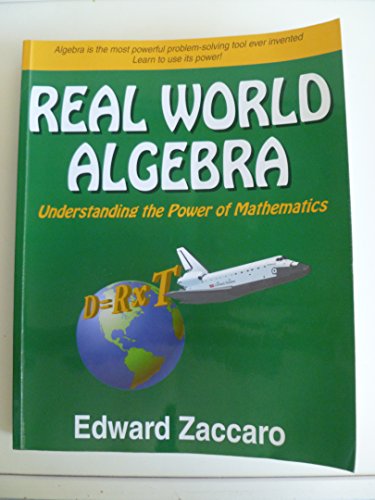








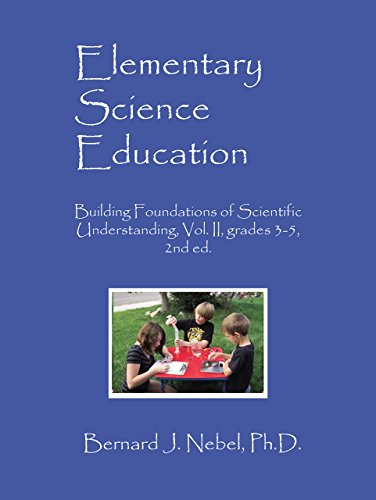
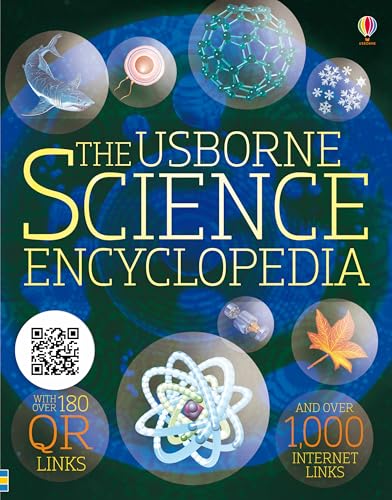


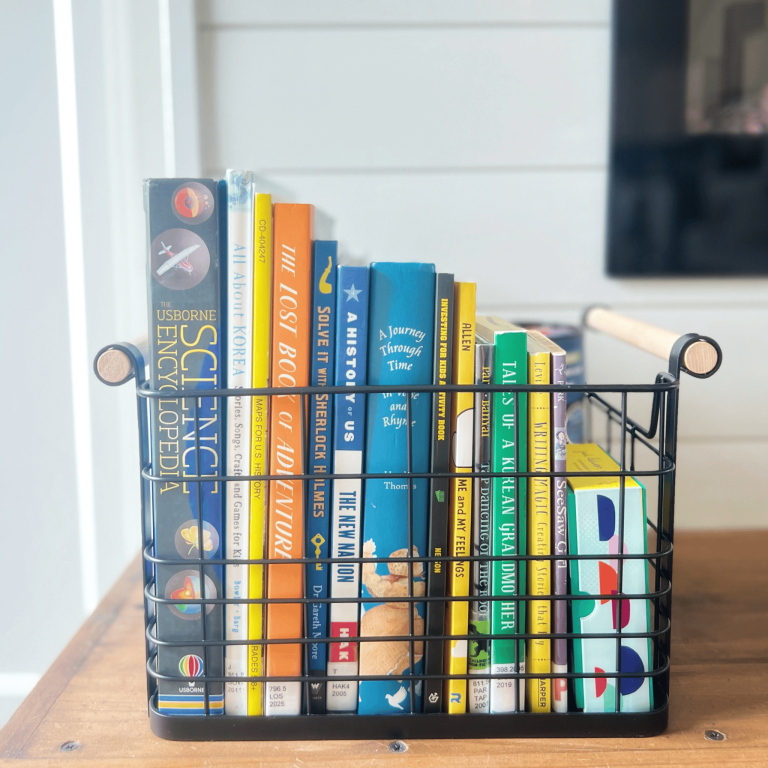


4 Comments
Comments are closed.